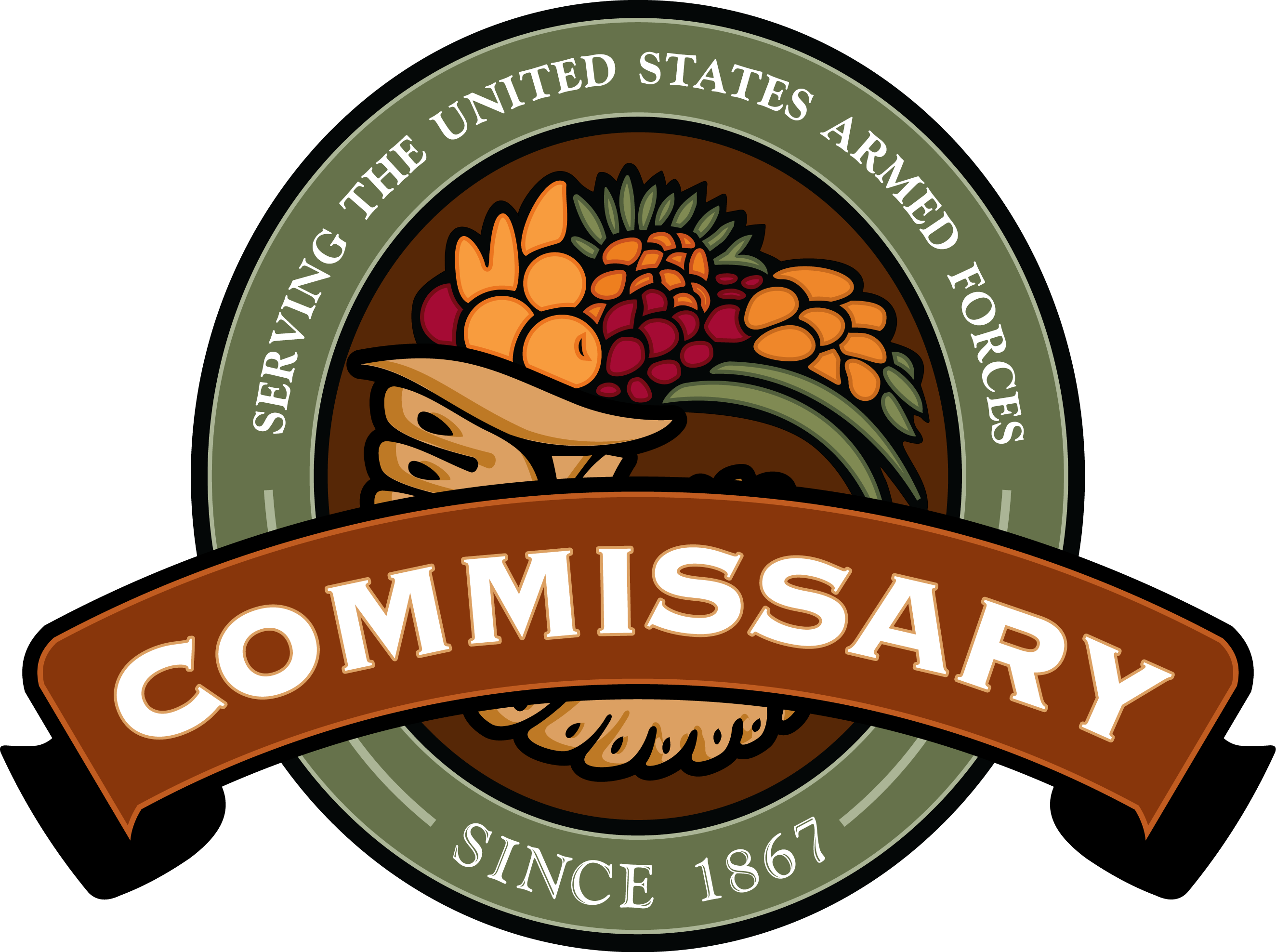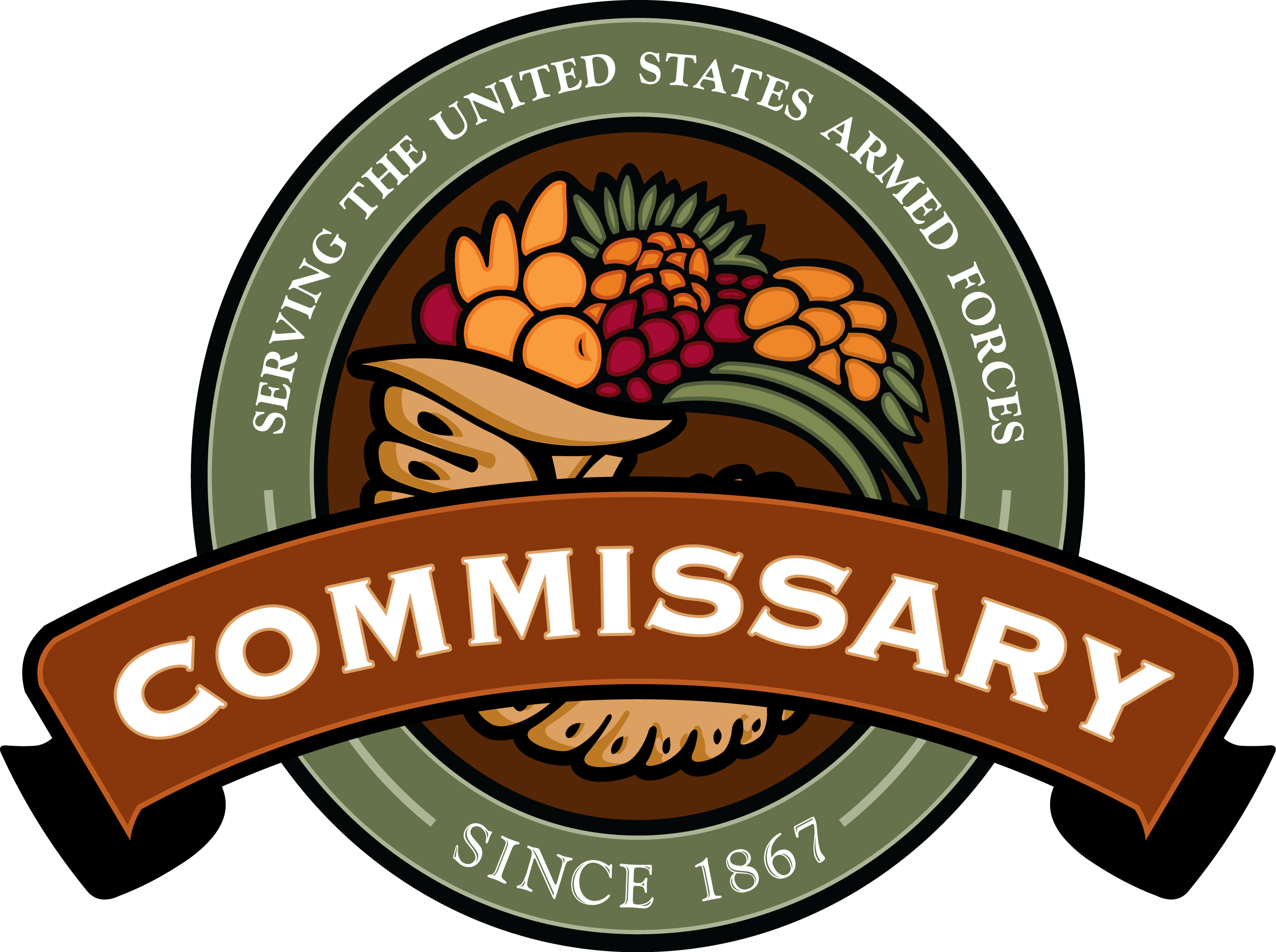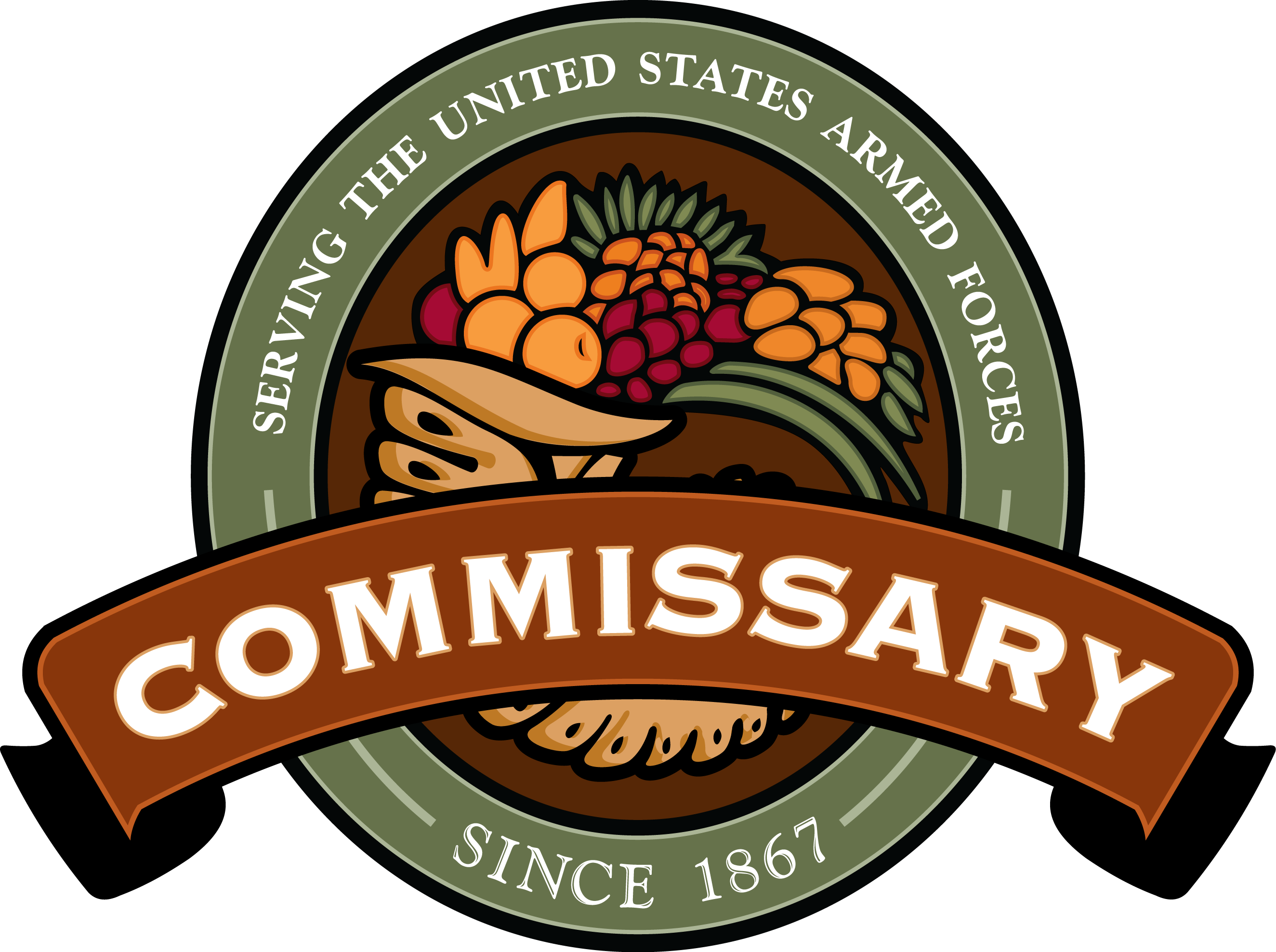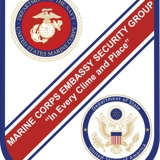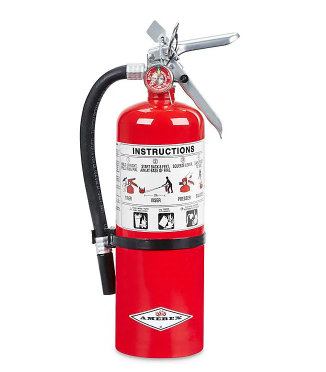Title Page
-
Site conducted
-
Conducted on
-
Prepared by
Chapter 1, General
-
a. Has a safety council been established with minutes of the meetings recorded and maintained? (See paragraphs 1-5.b. and 1-5.c.)
-
b. Has all youth employees (under 18 years of age) been identified and supervisors aware of work activities restrictions based upon federal/state Fair Labor Standards Law? (See paragraph 1-13.)
-
c. Has the facility safety continuity binder been established and maintained? (See paragraph 1-14.)
-
d. Any other issues identified?
-
e. Additional Comments:
Chapter 2, Duties and Responsibilities
-
a. Has the safety representative fulfilled all applicable responsibilities outlined in paragraph 2-3.k.?
-
b. Any other issues identified?
-
c. Additional Comments:
Chapter 3, Safety Visits and Inspections
-
a. Has an annual safety visit or industrial area inspections been conducted within the past year? (See paragraphs 3-2.a. and 3-2.b.)
-
b. Has a hazard abatement plan been established for RAC 1, 2, or 3 deficiencies that cannot be corrected within 60 days with copies appropriately forwarded to the host installation and DeCA regional safety offices? (See paragraph 3-3.e.)
-
c. Any other issues identified?
-
d. Additional Comments:
Chapter 4, Education and Training
-
a. Have supervisors in each department provided employees with specialized job safety, health, and fire prevention training and documented it on DeCAF 30-72? (See paragraph 4-2.e.)
-
b. Has the safety representative received training regarding their duties? (See paragraph 4-2.d.)
-
c. Is the safety bulletin board conspicuously located in the work area and does it contain all of the required items? (See paragraph 4-3.)
-
d. Have all department managers conducted safety meetings with their employees each quarter and documented them as required? (See paragraph 4-6.)
-
e. Any other issues identified?
-
f. Additional Comments:
Chapter 5, Awards and Recongnition
-
a. Is there a local safety award process for employees? (See paragraphs 5-3.c., 5-3.d., and 5-4.b.)
-
b. Any other issues identified?
-
c. Additional Comments:
Chapter 6, Accident Reporting and Record Keeping
-
a. Are injury/illness accidents being reported using DeCAF 30-301 and properly routed? (See paragraphs 6-2 and 6-15.)
-
b. Are injury/illness accidents being recorded on OSHA Form 300? (See paragraphs 6-2 and 6-7.)
-
c. Are property damage accidents (costs in excess of $2,000) being reported on DeCAF 30-111 and properly routed? (See paragraphs 6-4 and 6-15.)
-
d. Are accident report forms (DeCAF 30-301 and 30-111) and record keeping forms (OSHA Forms 300 and 300a) being maintained for 5 years? (See paragraph 6-7.f.)
-
e. Any other issues identified?
-
f. Additional Comments:
Chapter 7, Hazard Identification, Detection, Reporting, and Abatement
-
a. Are jobs being evaluated by the JHA process to aid in identifying potential hazards? (See paragraph 7-1.)
-
b. Are copies of blank DeCAF 30-66, available for employees on/near the safety bulletin board? Are instructions regarding hazard report use also posted? (See paragraph 7-2.)
-
c. If DeCAF(s) 30-66 has been issued, has a log to record it been developed and forwarded to the DeCA regional safety office? (See paragraph 7-2.e.)
-
d. Has a DeCAF 30-67 been prepared for each RAC 1, 2, or 3 hazard which could not be corrected within 60 days from the date of discovery? Was a copy of the hazard abatement plan forwarded to the host installation safety office and DeCA regional safety office? (See paragraph 7-4.)
-
e. Any other issues identified?
-
f. Additional Comments:
Chapter 8, Occupational Health and Environmental Protection
-
a. Has the facility been surveyed to determine if hazardous noise is present within the workplace? (See paragraph 8-4.b.)
-
b. Have all employees who are routinely exposed to hazardous noise (work in designated hazardous noise areas) been identified and listed on the facility’s roster; and placed in the installation hearing testing and evaluation program? (See paragraphs 8-4.b.(2)(a) and 8-4.c.)
-
c. If any work area or section thereof has been designated as a hazardous noise area, have supervisors of these areas given their employees annual training on the proper care and use of personal hearing protection? (See paragraph 8-4.e.)
-
d. Has program evaluation information (i.e., number of personnel requiring audiograms, number of personnel receiving audiograms, and number of STS) been obtained and forwarded to the regional safety office? (See paragraph 8-4.g.)
-
e. Does the facility have any ACM or PACM? If yes, has affected employees and contractors been informed? If flooring contains ACM/PACM, were proper floor care procedures followed? (See paragraph 8-7.)
-
f. Have efforts been taken to identify personnel whom may be potentially exposed to human blood or other body fluids? Is a blood borne pathogen spill kit available within the work area? Are universal precautions known and followed? (See paragraph 8-8)
-
g. Any other issues identified?
-
h. Additional Comments:
Chapter 9, Ergonomics
-
a. Have employees received information/training on ergonomic principles, risk factors, and safe lifting techniques? (See paragraphs 9-4.d. and 9-7.)
-
b. Any other issues identified?
-
c. Additional Comments:
Chapter 10, Permit-Required Confined Spaces
-
a. Has the facility been surveyed to determine if PRCSs are present? (See paragraph 10-2.b. for definition.)
-
b. If present, are these spaces properly posted? (See paragraph 10-3.a.)
-
c. Any other issues identified?
-
d. Additional Comments:
Chapter 11, Motor Vehicle and Powered Industrial Truck (PIT) Operations/Traffic Safety
-
a. Are PITs operated only by authorized and trained personnel whom are 18 years of age or older? (See paragraph 11-3.a.)
-
b. Are all assigned vehicles and PITs inspected by the operators at the start of each work shift using DeCAF 30-105? (See paragraphs 11-2.b. and 11-3.f.)
-
c. Have all PIT operators been trained and has a certification of this training been documented? (See paragraph 11-3.c.)
-
d. Is DeCA Poster 30-154, Stop Sticker, placed on all PITs? (See paragraph 11-3.)
-
e. Are trailer restraining devices (dock lock) engaged or wheel chocks placed under the wheels of trucks being off-loaded by PITs (forklifts)? (See paragraph 11-3.g.(14))
-
f. Is a seatbelt provided on all sitdown PITs and worn by operators at all times? (See paragraph 11-3.g.(1))
-
g. Is the key for all PITs with a key ignition system being controlled? (See paragraph 11-3.b.)
-
h. Any other issues identified?
-
i. Additional Comments:
Chapter 12, Control of Hazardous Energy (Lockout/Tagout) Program
-
a. Has a written Lockout/Tagout Program been established and implemented for the activity? (Reference: paragraph 12-6.)
-
b. Does each individual piece of powered machinery or equipment included in the Lockout/Tagout Program have written procedures detailing the procedures to lockout/tagout (paragraph 12-7) and to restore to service (paragraph 12-8)? (See paragraph 12-6.)
-
c. Has the annual program evaluation been conducted? (See paragraph 12-10.)
-
d. Any other issues identified?
-
e. Additional Comments:
Chapter 13, Hazard Communication Program
-
a. Has a written HAZCOM Program been established for the activity? (See paragraph 13-3.a.)
-
b. Has a hazardous chemicals inventory list (DeCAF 30-115) been developed for the activity? (See paragraph 13-3.c.)
-
c. Has an MSDS been acquired for each chemical listed on the hazardous chemical inventory list? (See paragraph 13-3.d.)
-
d. Do employees and their representatives have immediate access to the chemical inventory list and MSDS? (See paragraph 13-3.e.)
-
e. Are containers of hazardous chemicals properly labeled with the identity of the contents and appropriate hazard warnings? (See paragraphs 13-3.f. and 13-3.g.)
-
f. Has a training program been developed and implemented which informs supervisors and employees about the provisions of the HAZCOM Program? (See paragraph 13-3.h.)
-
g. Any other issues identified?
-
h. Additional Comments:
Chapter 14, Personal Protective Equipment (PPE)
-
a. Has a PPE hazard assessment been conducted to determine if hazards are present, or are likely to be present, which necessitate the use of PPE when engineering or administrative controls do not provide adequate protection. (See paragraph 14-2.)
-
b. Have employees who are required to wear PPE been trained regarding its proper use? (See paragraphs 14-2.d.(4) and 14-6.)
-
c. Does the facility manager ensure compliance with PPE requirements? (See paragraph 14-2.d.(9))
-
d. Do emergency eyewash facilities meet DeCA requirements? (See paragraph 14-7.a.)
-
e. Are sufficient hearing protectors (e.g., earplugs and muffs) available for all employees exposed to hazardous noise? (See paragraph 14-7.f.)
-
f. Is fall protection equipment worn whenever employees are elevated on a PIT 6 feet or more above floor level? (Reference: paragraph 14-7.g.)
-
g. Any other issues identified?
-
h. Additional Comments:
Chapter 15, Fire Protection and Prevention, Life Safety, and Emergency Services
-
a. Does the facility ISSA provide for fire protection and prevention services from the supporting host installation? (See paragraph 15-1.)
-
b. Have employees received fire protection training from their supervisor? (See paragraph 15-2.c.)
-
c. Have designated smoking areas been identified by the facility manager? (See paragraph 15-3.a.)
-
d. Has a written emergency evacuation plan been developed to ensure the safety of employees and patrons in the event of an emergency? (See paragraph 15-4.)
-
e. Do exits and exit markings meet all DeCA requirements? (See paragraph 15-5.)
-
f. Has the facility received an assessment from the host installation PAD/AED support office to determine the necessity for a PAD/AED? (See paragraph 15-6.)
-
g. Any other issues identified?
-
h. Additional Comments:
Chapter 16, General Safety Requirements
-
a. Are all work areas, including passageways and storerooms, kept clean, orderly, and sanitary? (See paragraph 16-3.a.)
-
b. Are any accesses to electrical panels, fire extinguishers, emergency eyewash units, or fire alarm pull stations blocked or obstructed by stored materials or equipment? (See paragraph 16-4.b.(1))
-
c. Are all floor surfaces kept clean and free of water, oil, and other slippery substances? (See paragraph 16-4.b.(2))
-
d. Are defective electrical equipment and cords taken out of service immediately? (See paragraph 16-5.a.)
-
e. Are electrical outlets and cover plates free of cracks and securely mounted? (See paragraph 16-5.f.)
-
f. Are all electrical plugs made of molded plastic or rubber and, if so equipped, is the grounding pin in serviceable condition? (See paragraph 16-5.c.)
-
g. Are equipment or extension cords in good condition and are they used in any such manner as described in paragraph 16-5.d.(2)?
-
h. Are extension cords used in lieu of permanent or fixed wiring? (See paragraph 16-5.d.(5))
-
i. Are circuit breakers, fuse boxes, and other disconnect switches marked to indicate what equipment or outlets they control? (See paragraph 16-5.e.)
-
j. Are GFCI installed in areas subject to becoming wet or subject to wash down, or exterior locations? (See paragraph 16-5.h.)
-
k. Are weatherproof electrical fixtures (outlets, lights) installed in areas subject to becoming wet or subject to wash down? (See paragraph 16-5.i.)
-
l. Are all aisles, passageways, offices, processing areas, stairs, ramps, docks, parking lots, and other exterior areas adequately lighted? (See paragraph 16-6.)
-
m. Do department managers maintain manufacturer’s operating and maintenance manuals for all powered equipment or machinery under their control? (See paragraph 16-7.a.)
-
n. Have employees who are required to operate powered machines or equipment received the appropriate training given by their supervisor and has the training been documented on DeCAF 30-72? (See paragraph 16-7.b.)
-
o. While employees are operating powered machines, are issues such as wearing loose fitting clothing, neckties, finger rings (including wedding bands), bracelets, watches, or other apparel that may become entangled in moving machinery identified and prohibited, if necessary? (See paragraph 16-7.d.(2))
-
p. Does powered machinery (especially in the meat department) have under-voltage devices installed to protect workers from the hazards of sudden, unexpected startup following a power fluctuation or failure? (See paragraph 16-7.h.(2))
-
q. Are “ON” and “OFF” switches for powered machines easily accessible to workers at their normal operating positions? (See paragraph 16-7.h.(3))
-
r. Have CDC managers, commissary officers, and supervisors identified job tasks where the wearing of finger rings (includes wedding bands) are prohibited? (See paragraph 16-10.)
-
s. Has damaged/defective ladders been taken out of service and marked/tagged “Dangerous, Do Not Use.” (See paragraph 16-12.d.)
-
t. Any other issues identified?
-
u. Additional Comments:
Chapter 17, Administrative Areas and Computer Rooms
-
a. Are carts, hand trucks, other manual MHE available and used to transport/move heavy items (e.g., monitors, CPUs)? (See paragraph 17-3.b.)
-
b. Have supervisors briefed/trained computer users on proper ergonomic computer position guidelines? (See paragraph 17-3.c.)
-
c. Have computer room personnel received training on the area’s fire protection systems and evacuation procedures? (See paragraph 17-5.e.)
-
d. Any other issues identified?
-
e. Additional Comments:
Chapter 18, Meat Department/Central Meat Processing Plant (CMPP)
-
a. Are meat department employees who operate PIT (e.g., forklifts, electric pallet jacks) authorized and certified (trained) to do so? (See paragraph 18-2.a.)
-
b. Is signage placed at the entranceway of freezers/coolers to alert personnel to check the inside prior to locking? (See paragraph 18-2.d)
-
c. Is the freezer/cooler door’s interior emergency door opener device in good repair and inspected daily to ensure proper operation? (See paragraph 18-2.d.)
-
d. Is the use of wax-coated cardboard (cut-out sections from packaged meat boxes) on the floors prohibited in all meat department areas? (See paragraph 18-3.a.(1))
-
e. Has the meat department operations been evaluated to determine if a Lockout/Tagout Program is required? If required, is the program fully implemented? (See paragraph 18-3.b.)
-
f. Has a PPE hazard assessment been conducted on all meat department operations to determine if PPE usage is required? (See paragraph 18-3.c.)
-
g. Has a hazardous noise survey been conducted on all meat department work areas? Is it current? (See paragraph 18-3.d.)
-
h. Are meat bandsaw blade guards adjusted to the specific thickness of the meat being cut? (See paragraph 18-3.h.(1)(a))
-
i. Is the pusher plate on meat bandsaws and slicers used when meat portions being cut become shorter than six inches? (See paragraphs 18-3.h.(1)(d) and 18-3.h.(6)(b))
-
j. Is the meat display case in good repair? (See paragraph 18-4.)
-
k. Any other issues identified?
-
l. Additional Comments:
Chapter 19, Grocery and Warehouse Department
-
a. If needed, is the dock edge marked and a removable railing used to prevent personnel from falling off the dock? (See paragraph 19-2.a.(2))
-
b. Are passageways provided in warehouses for movement of employees who receive materials and stocks shelves, and are the passageways marked with lines painted on the floor? (See paragraph 19-2.a.(5))
-
c. Are aisles leading to circuit breakers, emergency eyewash stations, fire alarm pulls, sprinkler valves, fire exits, and fire extinguishing equipment kept clear? (See paragraph 19-2.a.(5))
-
d. Do ramps used by PITs (forklifts) have their slope calculated and posted immediately nearby the ramp? (See paragraph 19-2.a.(6))
-
e. Does each truck receiving bay have wheel chocks available for use (with the exception of bays equipped with operable dock restraining devices)? (See paragraph 19-2.a.(10))
-
f. Are pallet pulling operations being performed safely? (See paragraph 19-2.a.(12))
-
g. Has a PPE hazard assessment been conducted on all warehousing operations to determine the necessity of PPE usage? (See paragraph 19-2.b.(1))
-
h. Are aisle, racks, and other storage areas properly marked? (See paragraph 19-2.b.(3))
-
i. Is palletized and unpalletized merchandise placed and secured in a safe manner to preclude rocking and tipping of pallets and to prevent unbalanced stacks. Are there at least two cross member supports placed under each pallet of merchandise stored in the racks? (See paragraph 19-2.b.(7)(b))
-
j. Is signage placed at the entranceway of freezers/coolers to alert personnel to check the inside prior to locking? Is the freezer/cooler door’s interior emergency door opener device in good repair and inspected daily to ensure proper operation? (See paragraph 19-2.c.(1))
-
k. Is accumulation of ice on freezer room walls, ceiling ,and floor removed whenever a buildup of ice becomes noticeable? (See paragraph 19-2.c.(7))
-
l. Have actions been taken to ensure that only the proper individuals can operate and unload compactors/balers? (See paragraphs 19-2.d.(1) and (2))
-
m. Is the baler equipped with a proper functioning safety interlock switch to prevent operation unless the safety gate is lowered? (See paragraph 19-2.d.(3))
-
n. Is the floor area near the baler/compactor properly marked? (See paragraph 19.2.d.(6))
-
o. Are the sales floor, display cases, and shelving in good repair? (See paragraph 19-3.)
-
p. Are store decorations placed so that they do not obstruct viewing emergency exit signs, obstruct the spray pattern from sprinkler heads, exit doors, fire alarm stations, etc.? (See paragraph 19-3.)
-
q. Are shopping carts, child safety seats, and motorized carts in good repair? (See paragraph 19-3.)
-
r. Has a vendor cooking policy letter been developed for use in the store? (See paragraph 19-4.)
-
s. Any other issues identified?
-
t. Additional Comments:
Chapter 20, Produce Department
-
a. Are produce department employees who operate PIT (e.g., forklifts, electric pallet jacks) authorized and certified (trained) to do so? (See paragraph 20-2.a.)
-
b. Has the produce department operations been evaluated to determine if a Lockout/Tagout Program is required? If required, is the program fully implemented? (See paragraph 20-3.d.)
-
c. Has a PPE hazard assessment been conducted on all produce department operations to determine if PPE usage is required? (See paragraph 20-3.)
-
d. Are automatic spray misters properly adjusted to prevent over-spray onto the sales floor?
-
e. Is the sales floor area, matting, display cases, etc., in good repair and properly maintained? (See paragraph 20-4)
-
f. Are produce processing room floors and sales store floors kept clear of dropped produce to prevent slips and falls? (See paragraphs 20-3 and 20-4.)
-
g. Any other issues identified?
-
h. Additional Comments:
Chapter 21, Customer Service Department
-
a. Do cashiers adjust the keyboard stand prior to beginning their shift to ensure proper ergonomic alignment? (See paragraph 21-2.a.)
-
b. Do cashiers use proper scanning techniques (e.g., “power slide”, waiting for the conveyor belt to move items to the scanner, keying in codes when item does not scan at the second attempt, etc.) to process items? (See paragraph 21-2.b.)
-
c. Do cashiers, prior to beginning their shift, check the scale-scanner unit to ensure proper installation to provide a continuous level surface between the incoming and outgoing belt sections? (See paragraph 21.3.a.)
-
d. Any other issues identified?
-
e. Additional Comments:
Chapter 22, Deli/Bakery Department.
-
a. Are deli/bakery department employees who operate PIT (e.g., forklifts, electric pallet jacks) authorized and certified (trained) to do so? (See paragraph 22-2.a.)
-
b. Has the deli/bakery department operations been evaluated to determine if a Lockout/Tagout Program is required? If required, is the program fully implemented? (See paragraph 22-3.c.)
-
c. Has a PPE hazard assessment been conducted on all deli/bakery department operations to determine if PPE usage is required? (See paragraph 22-3.d.)
-
d. Are employees under the age of 18 permitted to operate power-driven equipment? (See paragraph 22-3.i.)
-
d. Any other issues identified?
-
e. Additional Comments:
Closeout
-
Any other issues identified?
-
Additional Comments:
-
Completed By:
-
Verified By:
